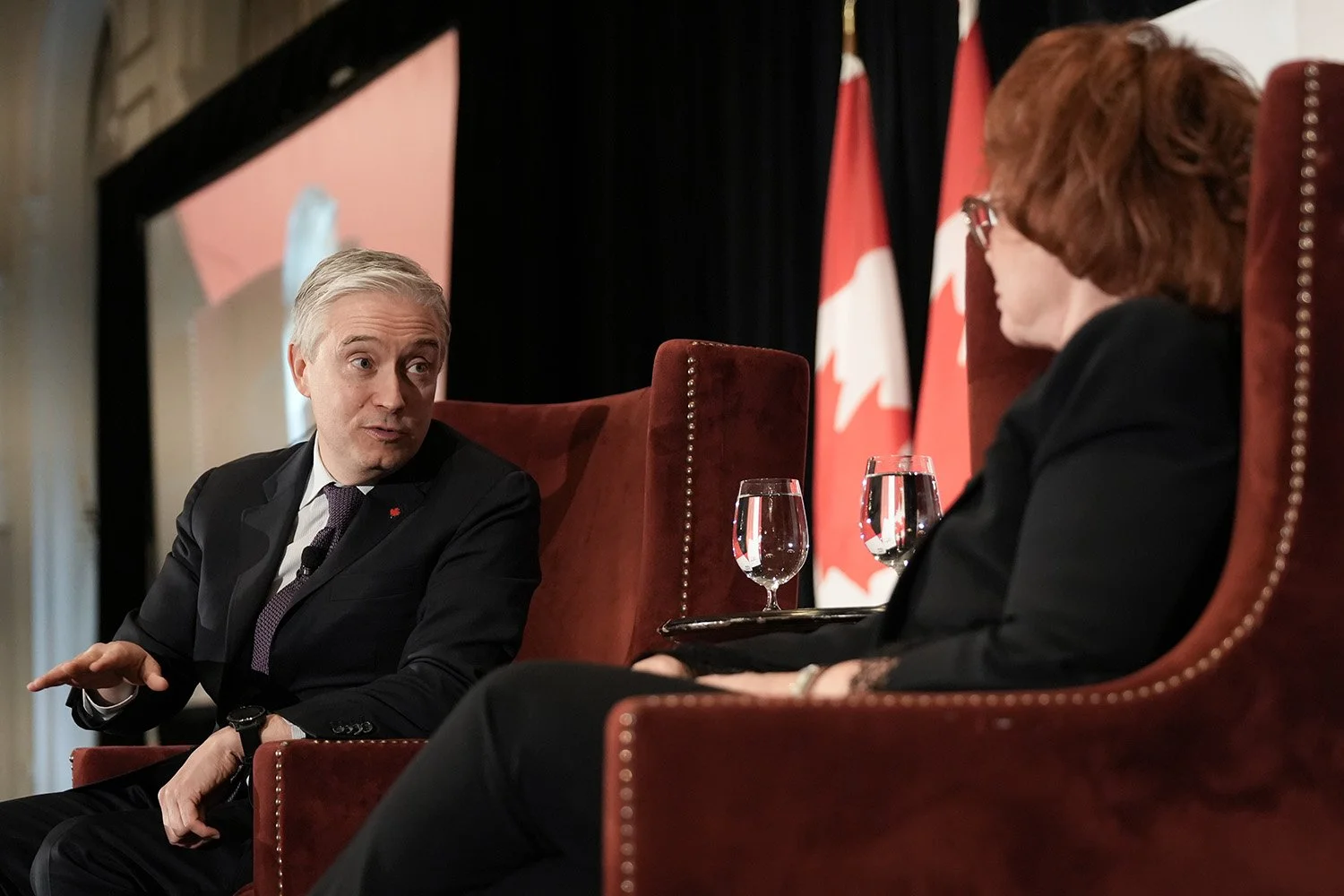Layered oversight regimes are throttling investment: PPF
UNSPLASH PHOTO
Canada must “reconfigure regulatory and permitting processes to get to ‘yes’ much more quickly,” according to a Public Policy Forum report released today, warning that the country’s layered oversight regimes are throttling investment in energy, critical minerals and infrastructure development.
Build Big Things: A playbook to turbocharge investment in major energy, critical minerals and infrastructure projects places efficient and effective regulations at the forefront of four strategic pillars designed to unlock private capital and accelerate project delivery. It notes that while Canada “is blessed with some of the most effective environmental protections in the world,” the accumulated burden of overlapping federal, provincial and municipal rules has lengthened approval timelines “across election cycles,” often stretching 15 to 25 years from application to production for major mining projects.
“At present, project proponents and government regulators alike must navigate a complex, overlapping and often confusing set of regulations and applications to get projects to FID,” the report states, calling for clearer timelines, improved efficiency and a more strategic role for economic regulators across jurisdictions.
Danish approach
As models for reform, the report points to the European Union’s Projects of Common Interest initiative, which fast-tracks cross-border electricity transmission, and Denmark’s one-stop shop for offshore wind. Denmark’s approach “coordinates the regulatory oversight of seven relevant Danish government agencies, as well as municipal authorities as needed, to create a single coherent and transparent permitting process for offshore wind development,” dramatically reducing administrative bottlenecks.
The report also calls for a unified government approach to project financing, criticizing the current patchwork of federal programs as confusing and ineffective. It cites Ottawa’s $100 million investment in Saskatchewan’s Jansen potash mine — catalyzing $4 billion in private funding — as a model for targeted, risk-reducing support.
It also highlights Construction Work in Progress (CWIP) as a powerful tool to reduce financing risks by allowing utilities to recover costs during construction. This model has supported major nuclear projects in the U.S. and is being considered for the U.K.’s Sizewell C reactor.
To enable major projects, Canada must urgently invest in infrastructure — ports, roads, pipelines, and transmission lines. The report points to Texas’s CREZ initiative as a model for coordinated planning, while warning of Canada’s own infrastructure deficit, with up to half of assets needing major repair.
On Indigenous economic participation, the report stresses that success depends on early engagement, equity partnerships, and long-term trust. It praises B.C.’s push for Indigenous equity in energy projects — some majority-owned — and urges closing a $50 billion financing gap through expanded loan guarantees.
Only by advancing all four pillars — financing, regulation, infrastructure, and Indigenous partnerships — can Canada compete globally in clean energy and critical minerals.





